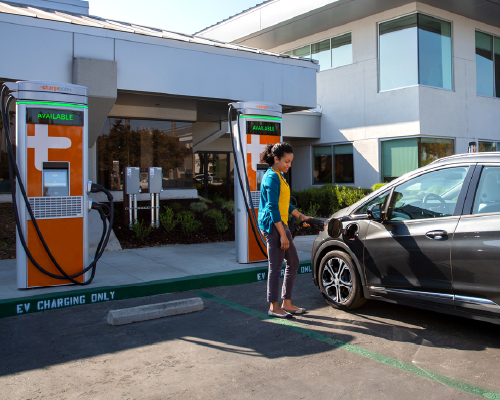The electromobility landscape is evolving, and with it comes significant changes to charging networks. Tesla‘s expansive Supercharger network has been a focal point, renown for its reliability and widespread availability. Yet, it’s the integration of the North American Charging Standard (NACS) by other service providers that’s causing a stir in the industry, presenting advantages for Tesla drivers and the EV community at large.
The Impact of NACS Adoption on Charging Infrastructure
In the pursuit of electric vehicle adoption, charging infrastructure plays a crucial role. For instance, a fast charging station situated in Roswell, New Mexico – once devoid of coverage – now supports a variety of EVs, not limited to Tesla models. This station epitomizes the diverse impact of widespread NACS adoption, ultimately simplifying and economicalizing charging for Tesla owners while eliminating the need for cumbersome adapters.
ChargePoint Embraces NACS
ChargePoint, a prominent player in the charging network arena, has begun accepting orders for NACS cable retrofit kits, signaling a significant step towards unified charging solutions. However, with multiple retrofit cable options available – catering to Level 2 and Level 3 charging as well as distinctions between home and commercial use – it is crucial for station owners to comprehend the specs before proceeding.
Commercial station operators ought to liaise with ChargePoint representatives to secure the appropriate NACS retrofit. With the prospect of replacing existing CCS or CHAdeMO cables, the recommended strategy is to provision for the most common connectors (CCS1 and NACS), only transitioning to a uniform NACS setup if CCS usage declines. In the realm of commercial Level 2 stations, swapping one J1772 port for a NACS could also be beneficial.
Home charging unit owners who have ventured into the NACS vehicle market can also self-order the NACS retrofit. Conversely, those with J1772 vehicles should hold off, allowing those with a more pressing need to enhance their charging compatibility first.
What Tesla Drivers Need to Know
For Tesla drivers seeking to tap into the burgeoning network of non-Tesla NACS stations, compatibility is key. Modern Teslas usually come equipped with CCS adapter support, but owners of older models may need a vehicle upgrade to ensure compatibility with NACS, which shares its electric underpinnings with CCS.
The ever-growing adoption of NACS by various charging networks is not only a testament to the increasing interoperability within the EV ecosystem but also a boon for Tesla drivers looking for more charging options. As the landscape continues to evolve, these advancements herald a future of enhanced accessibility for all EV motorists.

























